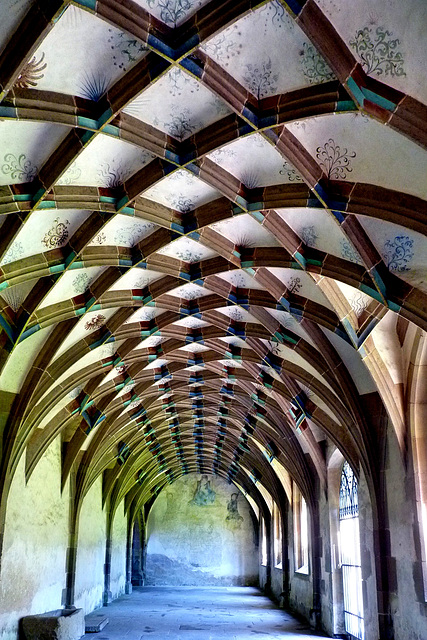Maulbronn - Monastery
Maulbronn - Monastery
Maulbronn - Monastery
Maulbronn - Monastery
st.james church trowbridge
st.james church trowbridge
bromham church
bishops canning church
bishops canning church
bishops canning church
bishops canning church
bishops canning church
bishops canning church
bishops canning church
bishops canning church
bishops canning church
bishops canning church
bishops canning church
bishops canning church
bishops canning church
bishops canning church
bishops canning church
bishops canning church
bishops canning church
bishops canning church
bishops canning church
st.john's priory, finsbury, london
st.john's priory, finsbury, london
ashwell church, herts.
ashwell church, herts.
wells cathedral cloister
bishop's eye gate, wells
bishop's eye gate, wells
Maulbronn - Monastery
Maulbronn - Monastery
st.luke,chelsea, london
st.luke,chelsea, london
st.luke,chelsea, london
st.luke,chelsea, london
st.luke,chelsea, london
littlebury church
littlebury church
littlebury church
littlebury church
redenhall church
rickinghall superior church
rickinghall superior church
rickinghall superior church
all saints margaret st., london
all saints margaret st., london
all saints margaret st., london
wymondham abbey
wymondham abbey
st.nicholas church, ash by sandwich
st.nicholas church, ash by sandwich
st.nicholas church, ash by sandwich
patrixbourne church
holy trinity, beechwood rd., dalston, london
all hallows gospel oak, london
all hallows gospel oak, london
all hallows gospel oak, london
all hallows gospel oak, london
all hallows gospel oak, london
Ennezat - Collégiale Saint-Victor et Sainte-Couron…
Ennezat - Collégiale Saint-Victor et Sainte-Couron…
Location
Lat, Lng:
Lat, Lng:
You can copy the above to your favourite mapping app.
Address: unknown
Lat, Lng:
You can copy the above to your favourite mapping app.
Address: unknown
See also...
Keywords
Authorizations, license
-
Visible by: Everyone -
All rights reserved
-
243 visits
Maulbronn - Monastery


Maulbronn Monastery was founded in 1147. The church, built in a style transitional from Romanesque to Gothic, was consecrated in 1178. Most other buildings followed within the 13th century. The complex is believed to be one of the the best-preserved medieval Cistercian monastery complex north of the Alpes (some claim "in Europe"). Since 1993 Maulbronn is part of the Unesco World Heritage.
After the consecration, the construction of the abbey continued. Around 1200 the narthex was added and the cloister was started. Some buildings are done in a really remarkable architectural, early gothic style. The person, who built that must have had experiences from Northern France and Burgundy. With all the cistercian connections, it was probably easy to find a medieval "top architect". His name is not known. The name given to him by art historians is "Meister des Maulbronner Paradieses" (Master of Maulbronn Paradise).
He created not only the narthex ("Paradies"), but as well parts of the cloister and the refectorium. After completing his job in Maulbronn he turned northeast. His typical works can be found as well in Halberstadt and in Magdeburg, but here is, where he started his career in Germany..
Within the cloister, it is visible, where "Meister des Maulbronner Paradieses" planned and built, as there (near the church) is a very early gothic style. Walking from there the style of the arches changes to high gothic.
-
Just a connecting alley between the cloister and the "Infirmatorium", where the sick members of the convent were kept and cared for. This may have been used as well as a chapel and parlatory. The Gothic style reticulated vaulting is just incredible. It looks like a geometrical function.
After the consecration, the construction of the abbey continued. Around 1200 the narthex was added and the cloister was started. Some buildings are done in a really remarkable architectural, early gothic style. The person, who built that must have had experiences from Northern France and Burgundy. With all the cistercian connections, it was probably easy to find a medieval "top architect". His name is not known. The name given to him by art historians is "Meister des Maulbronner Paradieses" (Master of Maulbronn Paradise).
He created not only the narthex ("Paradies"), but as well parts of the cloister and the refectorium. After completing his job in Maulbronn he turned northeast. His typical works can be found as well in Halberstadt and in Magdeburg, but here is, where he started his career in Germany..
Within the cloister, it is visible, where "Meister des Maulbronner Paradieses" planned and built, as there (near the church) is a very early gothic style. Walking from there the style of the arches changes to high gothic.
-
Just a connecting alley between the cloister and the "Infirmatorium", where the sick members of the convent were kept and cared for. This may have been used as well as a chapel and parlatory. The Gothic style reticulated vaulting is just incredible. It looks like a geometrical function.
- Keyboard shortcuts:
Jump to top
RSS feed- Latest comments - Subscribe to the comment feeds of this photo
- ipernity © 2007-2024
- Help & Contact
|
Club news
|
About ipernity
|
History |
ipernity Club & Prices |
Guide of good conduct
Donate | Group guidelines | Privacy policy | Terms of use | Statutes | In memoria -
Facebook
Twitter

Sign-in to write a comment.